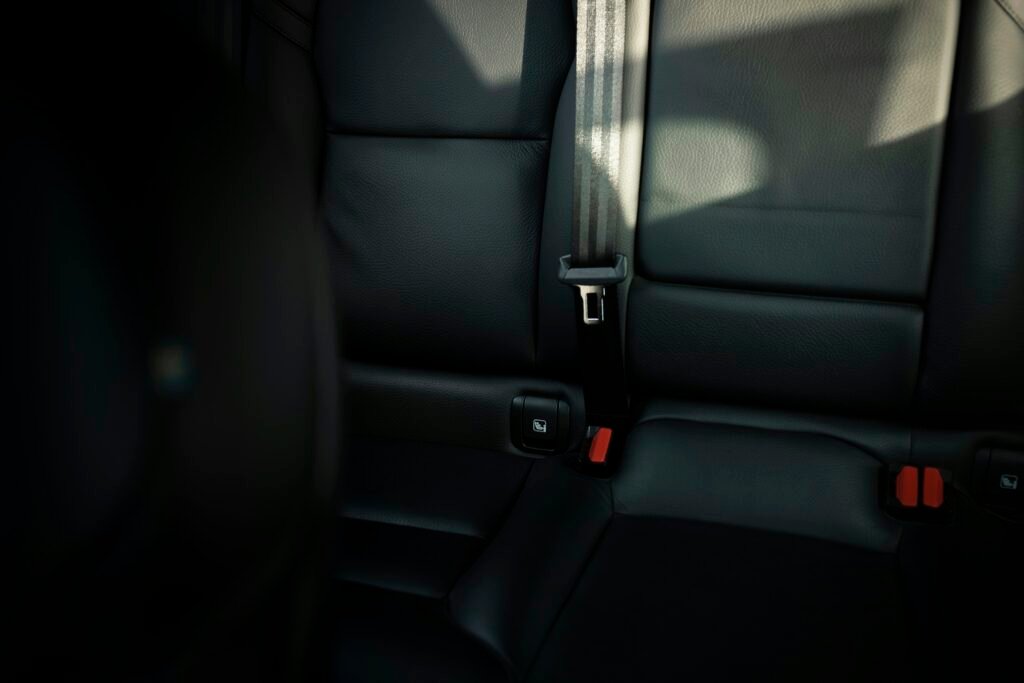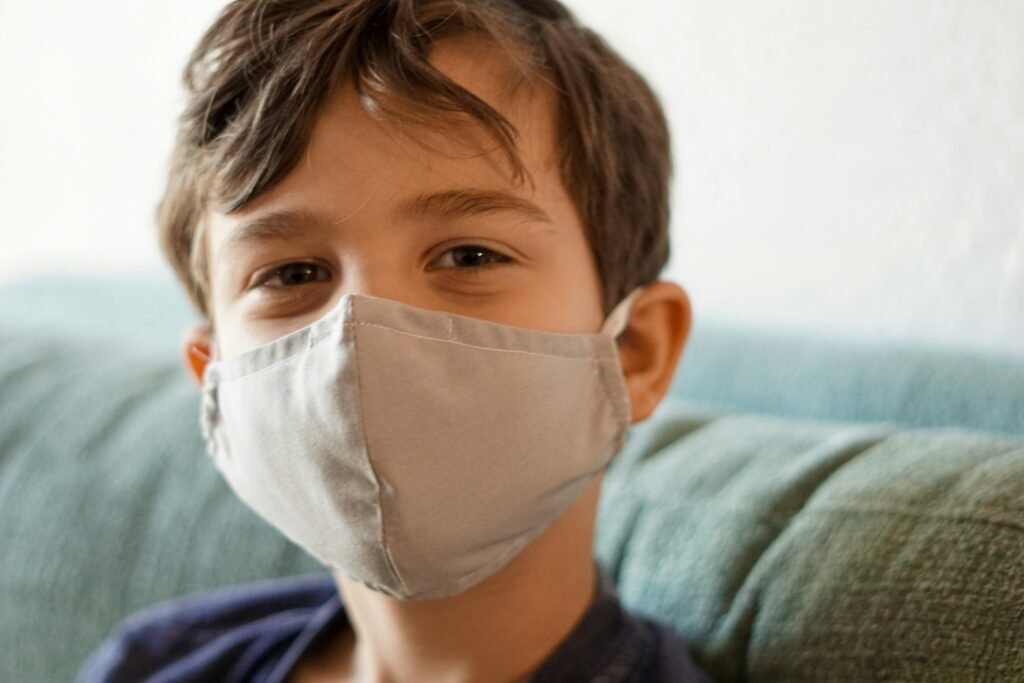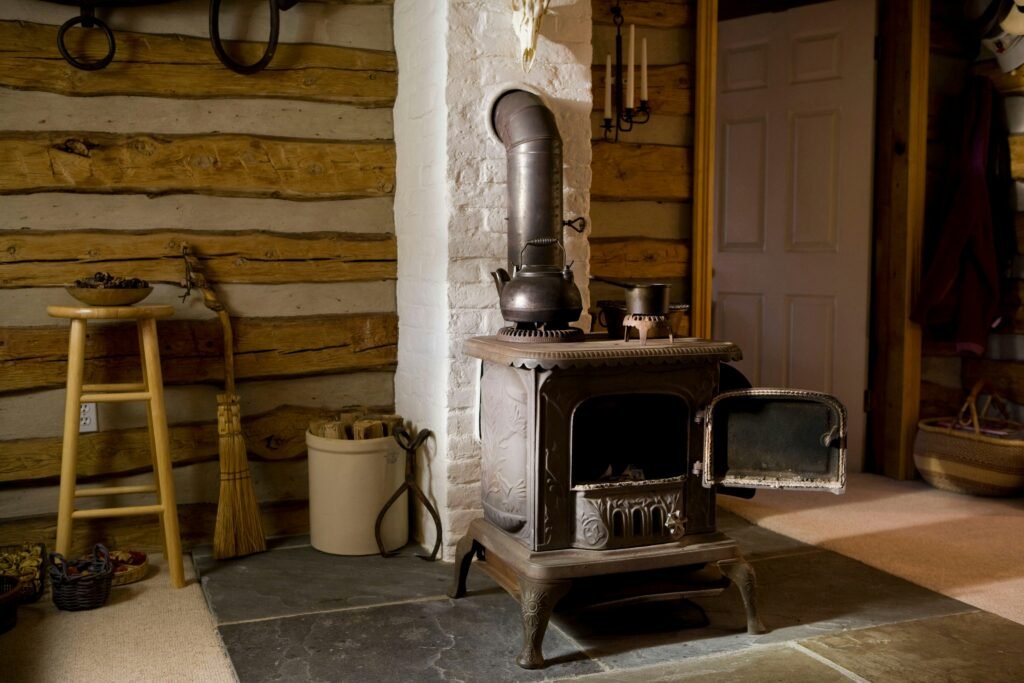Picture this: a cold winter night, soft flickering flames dancing in the fireplace, and you curled up on the couch with a warm cup of cocoa in hand. It’s a cozy scene that brings warmth to your heart and soul. But amidst the enchanting ambiance, it’s essential to prioritize safety and take necessary precautions to ensure your fireplace remains a source of warmth and joy rather than a potential hazard. In this article, we will explore some simple yet effective measures you can take to create a safe and cozy atmosphere in your home, allowing you to fully embrace the comforting glow of your fireplace.
Choosing the Right Fireplace
When it comes to choosing the right fireplace for your home, there are several factors to consider. The type of fireplace you choose will depend on your personal preferences and the layout of your space. Some popular options include wood-burning fireplaces, gas fireplaces, electric fireplaces, and ethanol fireplaces. Each type has its own advantages and disadvantages, so it’s important to research and consider which one will best suit your needs.
Evaluate the Fuel Options
Once you have decided on the type of fireplace, it’s time to evaluate the fuel options. If you opt for a wood-burning fireplace, you’ll need to ensure that you have a readily available supply of seasoned firewood. Gas fireplaces, on the other hand, require a natural gas or propane source to operate. Electric fireplaces simply need access to an electrical outlet, while ethanol fireplaces use bioethanol fuel. Consider which fuel option is most convenient for you and aligns with your preferences.

This image is property of images.unsplash.com.
Check for Safety Certifications
Before purchasing a fireplace, it’s crucial to check for safety certifications. Look for fireplaces that have been tested and certified by recognized organizations, such as Underwriters Laboratories (UL) or the Canadian Standards Association (CSA). These certifications indicate that the fireplace has met stringent safety standards and can be trusted to operate safely in your home. Don’t hesitate to ask the retailer or manufacturer about any safety certifications that their fireplaces have obtained.
Inspect Ventilation Requirements
Proper ventilation is essential for the safe operation of a fireplace. Different types of fireplaces have varying ventilation requirements, so it’s important to inspect and understand these requirements before installation. Wood-burning fireplaces typically require a chimney or flue to safely vent smoke and gases out of your home. Gas fireplaces often require a direct vent or a flue system, while electric and ethanol fireplaces typically don’t require any ventilation. Be sure to consult the manufacturer’s guidelines and seek professional advice to ensure proper ventilation for your chosen fireplace.

This image is property of images.unsplash.com.
Installing the Fireplace Safely
Once you have chosen the right fireplace, proper installation is vital to ensure safety. It is essential to follow the manufacturer’s guidelines carefully to ensure that the fireplace is installed correctly. Failure to follow these guidelines can lead to improper operation or even pose fire hazards. If you’re unsure about any aspect of the installation process, it’s best to consult a professional who has experience with fireplace installation. They can ensure that the fireplace is safely and securely installed in your home.
Ensure Proper Ventilation
During the installation process, it’s important to ensure proper ventilation for your fireplace. This includes providing the necessary flue or direct vent system for wood-burning and gas fireplaces. Proper ventilation helps to prevent the buildup of harmful gases like carbon monoxide and allows smoke and fumes to safely exit your home. Improper ventilation can lead to poor indoor air quality and health hazards. If you’re unsure about the ventilation requirements for your fireplace, consult with a professional to ensure that it is installed correctly.

This image is property of images.unsplash.com.
Use Fireproof Materials
When installing a fireplace, it’s crucial to use fireproof materials to protect your home from potential fire hazards. Ensure that the area surrounding the fireplace, including the hearth and mantel, is made of non-combustible materials. Common choices include brick, stone, or tile. If you choose to use wooden materials, make sure they have been treated with fire-retardant products. Additionally, consider installing a fireproof barrier on the walls near the fireplace to prevent accidental contact with flammable materials.
Install Smoke and Carbon Monoxide Detectors
To enhance safety, it’s important to install smoke and carbon monoxide detectors near your fireplace. Smoke detectors will alert you in the event of excessive smoke or a fire, giving you precious time to evacuate your home and call for help. Carbon monoxide detectors are essential if you have a gas or wood-burning fireplace, as these fuel sources can produce this odorless and potentially lethal gas. Make sure to test the detectors regularly and replace the batteries as needed to ensure they are functioning properly.
Maintaining the Fireplace
Regular maintenance is crucial to keep your fireplace operating safely and efficiently. Here are some key maintenance tasks to prioritize:
Regular Chimney Inspections and Cleaning
It’s essential to have your chimney inspected and cleaned regularly to remove creosote buildup. Creosote is a highly flammable substance that can accumulate inside the chimney and increase the risk of a chimney fire. A professional chimney sweep will inspect your chimney for any damage or blockages and clean it thoroughly to prevent hazards.
Check for Cracks and Damage
Regularly inspect your fireplace for any cracks or damage. Cracks can allow heat, sparks, or smoke to escape into the surrounding walls and pose a fire hazard. If you notice any cracks, it’s important to address them promptly and seek professional assistance if necessary.
Dispose of Ashes Properly
When cleaning your fireplace, it’s important to dispose of ashes properly. Allow ashes to cool completely and place them in a metal container with a lid. Keep this container outside, away from flammable materials, until you can safely dispose of them. Never dispose of ashes in your regular household trash, as they can smolder and start a fire.
Keep the Area Around the Fireplace Clear
Maintain a clear area around your fireplace to prevent accidental fires. Avoid placing flammable objects such as furniture, curtains, or decorations too close to the fireplace. Make sure to keep the space surrounding the fireplace clear of any debris or combustible materials.
Fireplace Safety Tools and Equipment
In addition to proper installation and maintenance, having the right safety tools and equipment is essential to ensure a safe fireplace environment. Here are some important items to consider:
Fireplace Screens and Glass Doors
Installing a fireplace screen or glass doors can provide an extra layer of protection by preventing sparks or embers from escaping and potentially causing a fire. Screens and doors can also help keep children and pets at a safe distance from the flames.
Fire Extinguisher
Having a fire extinguisher nearby is crucial in case of a small fire or emergency. Make sure it is a multi-purpose extinguisher suitable for use on different types of fires. Familiarize yourself with its proper use and keep it easily accessible near the fireplace.
Fireproof Gloves and Tools
Fireproof gloves and tools are indispensable when handling firewood or adjusting the fire. These specialized gloves can protect your hands from burns, while tools such as pokers or tongs allow you to handle hot logs or adjust the fire safely.
Spark Guard or Fire Resistant Rug
A spark guard or fire-resistant rug can help contain sparks and embers that may escape from the fireplace, reducing the risk of unintended fires. Place the guard or rug around the hearth area to provide an additional safety measure.
Firewood and Fuel Precautions
Using the right type of firewood or fuel and following proper storage techniques are essential to maintain a safe and efficient fireplace. Consider the following precautions:
Use Seasoned Firewood
Using seasoned firewood is crucial for safe and efficient burning. Seasoned firewood has been dried for at least six months to reduce its moisture content, making it easier to ignite and produce less smoke. Unseasoned or wet firewood can lead to excessive smoke, poor combustion, and increased creosote buildup.
Store Firewood Properly
Properly storing firewood is essential to avoid potential fire hazards. Stack firewood at least 20 feet away from your house or any other structures. Keep it elevated off the ground on a rack or pallet to prevent moisture accumulation and discourage pests.
Avoid Accelerants
Never use accelerants such as gasoline, kerosene, or lighter fluid to start or revive a fire. These substances can cause dangerous flare-ups, release toxic fumes, and pose a serious fire risk. Stick to safe and approved firestarters or kindling materials.
Ensure Proper Airflow
When loading your fireplace with logs, ensure proper airflow for efficient combustion. Avoid overloading the fireplace with too many logs, as this can restrict airflow and create excessive smoke. Maintain a gap between the logs to allow air to circulate for a clean and efficient burn.
Safe Fire Starting Practices
Proper fire starting practices are essential to prevent accidents and maintain a safe fireplace environment. Consider the following tips:
Use Safe and Appropriate Firestarters
Use safe and appropriate firestarters to ignite your fire. Avoid using flammable liquids or materials that can create uncontrollable flames or hazardous situations. Opt for commercially available firestarters or natural alternatives such as newspaper, kindling, or dry twigs.
Avoid Overloading the Fireplace
Avoid overloading the fireplace with too much wood. Overloading restricts airflow, leading to poor combustion and increased smoke. Start with a smaller fire and add additional logs as needed.
Keep Flammable Objects Away
Ensure that flammable objects such as furniture, curtains, or decorations are kept at a safe distance from the fireplace. Sparks or embers escaping from the fire can ignite these objects and cause a fire.
Never Leave the Fire Unattended
Never leave a fire unattended. Fires can quickly grow and become dangerous if not properly monitored. Before leaving the room or going to bed, ensure that the fire is completely extinguished and the fireplace is secure.
Monitoring and Controlling the Fire
Properly monitoring and controlling the fire is crucial to maintaining a safe fireplace environment. Consider the following practices:
Use a Fireplace Poker or Tongs
Use a fireplace poker or tongs to adjust the fire or move logs as needed. This allows you to maintain proper airflow and ensure that the fire burns safely and efficiently.
Keep a Close Eye on the Flames
Always keep a close eye on the flames when the fire is burning. Monitor for any unusual behavior, such as excessive smoke, sparks, or unusual odors. If you notice any issues, safely extinguish the fire and address the problem before using the fireplace again.
Adjust the Damper for Proper Airflow
The damper controls the airflow and ventilation in your fireplace. Properly adjust the damper to ensure the optimal amount of air for safe and efficient combustion. Open the damper fully when starting a fire, and partially close it once the fire is established to control the burn rate.
Avoid Excessive Smoke
Excessive smoke is a sign of poor combustion or other issues with the fire. Adjust the airflow by opening the damper fully or adding more kindling to improve combustion and reduce smoke. If excessive smoke persists, safely extinguish the fire and consult a professional for assistance.
Child and Pet Safety
When enjoying a fireplace, it’s important to prioritize the safety of children and pets. Consider the following measures:
Use Fireplace Gates or Barriers
Installing fireplace gates or barriers is an effective way to keep children and pets at a safe distance from the flames. These barriers prevent accidental contact with the fire and provide peace of mind for parents and pet owners.
Supervise Children and Pets
Always supervise children and pets when near the fireplace. Educate them about the dangers of fire and set clear boundaries to ensure their safety. Never leave children or pets unattended in the same room as a burning fire.
Keep Fireplace Tools Out of Reach
Ensure that fireplace tools such as pokers and tongs are kept out of reach of children and pets. Store them in a secure location or use childproof fireplace tool sets to prevent access.
Consider Flameless Alternatives
If you have young children or curious pets, consider flameless alternatives such as electric fireplaces or candles. These alternatives provide the cozy ambiance of a fire without the associated risks.
Preventing Carbon Monoxide Poisoning
Carbon monoxide (CO) is a silent but deadly gas produced by incomplete combustion. Preventing carbon monoxide poisoning is crucial when using certain types of fireplaces. Consider the following precautions:
Install Carbon Monoxide Detectors
Install carbon monoxide detectors in your home, particularly near sleeping areas and close to your fireplace. These detectors can alert you to dangerous levels of carbon monoxide, allowing you to evacuate and seek help before it’s too late.
Properly Ventilate the Area
Proper ventilation is essential to prevent carbon monoxide buildup. Ensure that your fireplace is installed with the necessary ventilation system, such as a chimney or direct vent, to safely remove combustion gases from your home.
Regularly Inspect Vents and Chimney
Regularly inspect your vents and chimney to ensure that they are clear of blockages or damage. Obstructions or cracks in the ventilation system can lead to carbon monoxide buildup inside your home. If you notice any issues, consult a professional to address them promptly.
Know the Symptoms of Carbon Monoxide Poisoning
Familiarize yourself with the symptoms of carbon monoxide poisoning, such as headache, dizziness, nausea, confusion, and fatigue. If you or anyone in your household experiences these symptoms and suspects carbon monoxide poisoning, evacuate the premises immediately and seek medical attention.
Knowing When to Call for Help
While taking precautions and following safety guidelines can minimize risks, there may be times when professional assistance is necessary. Consider the following situations:
Recognize Signs of Fireplace Problems
If you notice any signs of fireplace problems, such as excessive smoke, difficulty starting or maintaining a fire, or unusual odors, it’s important to address these issues promptly. These problems can indicate underlying issues that require professional attention.
Contact a Professional Chimney Sweep
Regular chimney inspections and cleanings are best left to professionals. Contact a certified chimney sweep to perform these tasks. They will thoroughly inspect and clean your chimney, ensuring that it is operating safely and efficiently.
Consult a Fireplace Expert
If you have any doubts or concerns about the operation, maintenance, or safety of your fireplace, don’t hesitate to consult a fireplace expert. They can provide valuable advice and guidance based on their experience and expertise.
Prioritize Safety and Peace of Mind
When it comes to fireplace safety, prioritizing your safety and peace of mind is paramount. If you ever feel uncomfortable or unsure about using your fireplace, it’s better to err on the side of caution and seek professional help. Remember, a cozy and inviting fireplace should also be a safe one.
By following these comprehensive precautions and maintaining your fireplace properly, you can create a safe and cozy atmosphere in your home. Enjoy the warmth and ambiance of your fireplace while feeling confident that you are taking the necessary steps to ensure the safety of your loved ones and your home.




